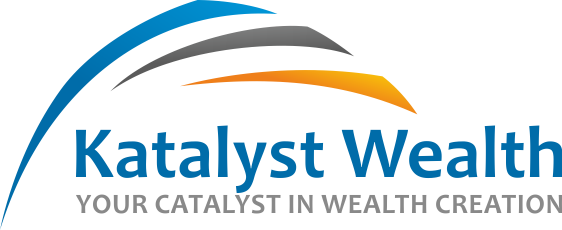Hello Sir,
As an investor in stock market, one has to read about companies, their balance sheets, P/L statements and cash flows.
We also come across various research reports on companies and obviously all such reports talk about the financial performance of the company in terms of ratios.
Finding deep insights that help build conviction in any company’s future does require a lot of work, however there are a few metrics that you can check out in less than 10 minutes and begin to get a feel about whether you even want to spend those many hours analysing the company.
In this post, we will share with you some important ratios that every investor should understand and look at while analysing any company.
Before that, if you are interested in investing in a pharmaceutical company which has made an extremely complex and poisonous material from scratch (with a worldwide market potential of Rs 27,000 crore +) and is the only Indian maker, you can read about it here - LINK
Now, for the next 10 minutes assume yourself to be a businessman with a business wherein you have invested Rs 1 crore of your own capital (equity or shareholder’s capital) and also taken a loan of Rs 50 lakh from the bank (debt). Also, the business generates around EBIT (earnings before interest and tax) of Rs 35 lakh and PAT of Rs 22.50 lakh.
ROCE – ROCE stands for Return on Capital Employed. It basically measures the profits generated on the overall capital (debt + equity) employed in the business.
Herein, we look at the profits before the interest and the tax expenses to determine if the company’s returns are greater than the cost of debt and equity. Normally, the cost of debt is around 8-12% and therefore you would want your business to generate returns higher than the same.
The formula that we use for ROCE is [EBIT/ (Debt + Equity)] where EBIT is Earnings before interest and taxes.
So, for your business, as assumed above, the ROCE is = [0.35 crore/ (Rs 1 crore + Rs 0.5 crore)] = 23.33%.
In general, we look for companies where ROCE is improving and the company is more than able to recover the cost of capital.
ROE – ROE stands for Return on Equity. Like ROCE, this too is a return ratio and is used to calculate the returns on the equity (shareholder’s capital) employed in the company.
For calculating ROE, we look at the net profit attributable to the shareholders of the company.
The formula for the same is [PAT/ Shareholder’s equity].
In the above case, the ROE works out as = [0.225 crore/ Rs 1 crore] = 22.50%
Here, as you can see, ROE doesn’t give out a full picture because it doesn’t take into account the debt part on the capital employed side. Therefore, it’s important to look at both ROCE and ROE as a lot of times ROE might be very high and it could be because of high debt taken to run the business.
During downturn, high debt can prove to be lethal and both the ROCE and ROE might crash.
Debt to equity – This is a simple ratio to understand and you may have come across it often.
Again, using the above example of your own business wherein you deployed Rs 1 crore of your own and took a loan of Rs 50 lakh, the calculation for debt-to-equity ratio is as below:
D/E – [Rs 0.5 crore/ Rs 1 crore] = 0.5
When understanding ratios for the first time, it’s always easier to use simpler numbers and think in terms of your own business.
Interest coverage ratio – While almost everyone has heard of and used debt to equity ratio, not many understand interest coverage ratio.
This ratio determines how easy/difficult it would be for a company to service its interest payments.
Here again, it’s quite easy to understand and we will use the same example:
- Your own capital – equity – Rs 1 crore
- Bank loan – Debt – Rs 0.5 crore
- Annual interest cost – Rs 0.05 crore
- EBIT – Earnings before interest and tax – Rs 0.35 crore
Interest coverage ratio = [EBIT/ Interest expense]
[Rs 0.35 crore/ Rs 0.05 crore] = 7
As you can notice above, there’s decent margin of safety considering your business is generating Rs 35 lakh EBIT before annual interest cost of Rs 5 lakh. Had your business been generating EBIT of only Rs 10 lakh, a downturn may impact your ability to service interest and debt repayment obligations.
Hope this post will help you analyse the companies you are tracking better.
